The Australian Defence Department has accused the Chinese navy of engaging in another "unsafe and unprofessional" incident
The Australian Defence Department has accused the Chinese navy of engaging in another "unsafe and unprofessional" incident after a Chinese fighter jet allegedly released flares in close proximity to an Australian aircraft conducting routine operations in the South China Sea.
The incident occurred on 11 February when an Australian P-8A Poseidon patrol aircraft was carrying out a routine maritime surveillance mission. According to a statement released by the Defence Department, the aircraft encountered a People’s Liberation Army Air Force (PLA-AF) J-16 fighter jet, which proceeded to release flares dangerously close to the RAAF aircraft. The department described this action as a reckless manoeuvre that posed a significant risk to both the aircraft and its crew. Fortunately, there were no injuries or damage sustained.
Defence Minister Richard Marles emphasized the seriousness of the incident, stating that if the flares had struck the Australian aircraft, they could have caused considerable damage. He explained that the flares passed within approximately 30 meters of the P-8A Poseidon, and due to the close proximity of the J-16, it would have been impossible to guarantee that the flares would not make contact with the Australian plane.
Marles confirmed that the Australian government had raised concerns about the incident with China, both through diplomatic channels in Canberra and Beijing.
The Defence Department reiterated Australia’s expectation that all nations, including China, should operate their militaries in a professional and safe manner. It highlighted that Australia has conducted maritime surveillance activities in the region for decades in accordance with international law, exercising its right to freedom of navigation and overflight in international waters and airspace.
In addition to the flare incident, Defence also released details about a group of Chinese navy vessels that had been operating in the Coral Sea, northeast of Australia, for several days. The task group included a Jiangkai-class frigate (Hengyang), a Renhai-class cruiser (Zunyi), and a Fuchi-class replenishment vessel (Weishanhu).

The Defence Department acknowledged that the Chinese ships were operating within international law, conducting freedom of navigation exercises, just as Australia and other nations have the right to do. Marles clarified that the government did not believe the presence of these Chinese vessels was connected to the flare incident, despite the coincidental timing of the two announcements.
While affirming China’s right to navigate international waters, Marles emphasized that Australia was also within its rights to monitor such activities closely. As a precautionary measure, he ordered the deployment of both navy and air force assets to shadow the Chinese task group and maintain situational awareness.
According to the Defence Department, the Chinese vessels had traveled through Southeast Asia before entering Australia’s maritime approaches. One of the ships, the Hengyang, was noted to have transited the waters north of Australia.
The Australian Defence Department reaffirmed its stance on upholding international law, stating, "Australia respects the rights of all states to exercise freedom of navigation and overflight, just as we expect others to respect Australia’s right to do the same." The statement concluded by asserting that Defence would continue monitoring the movements of the Chinese task group using a combination of maritime and aerial surveillance assets.


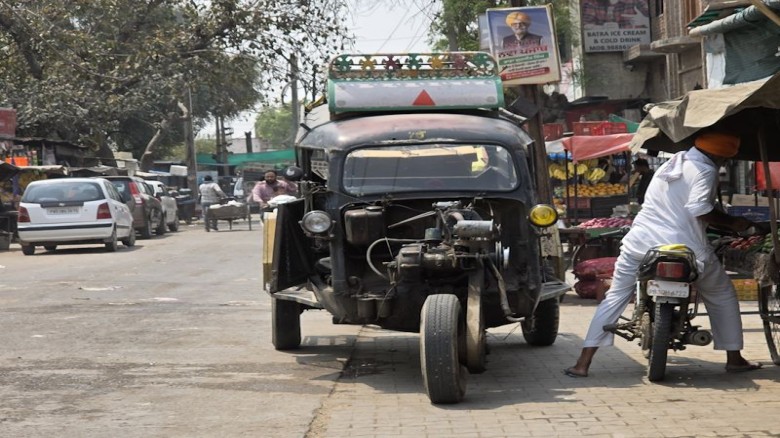





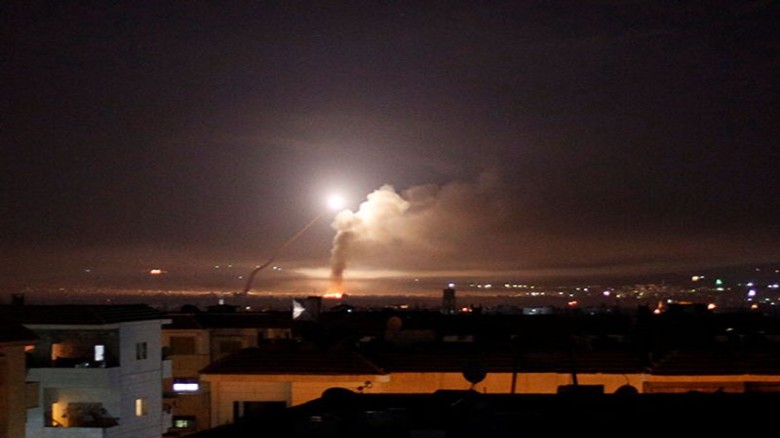



































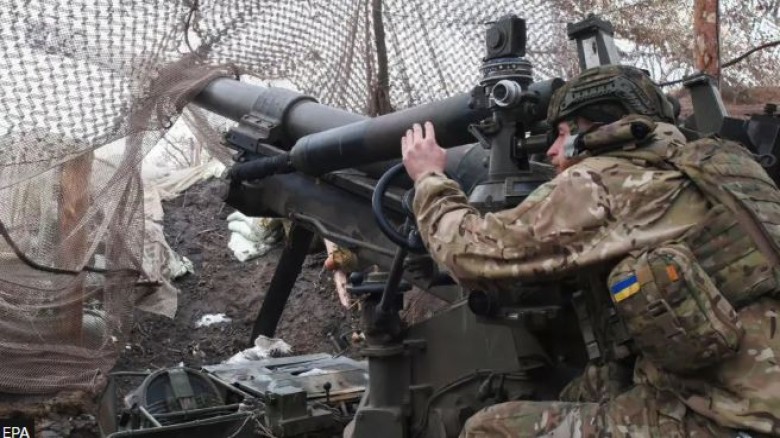


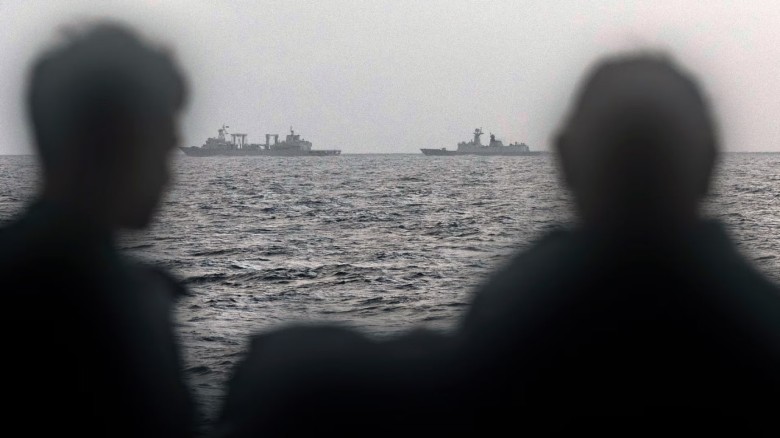
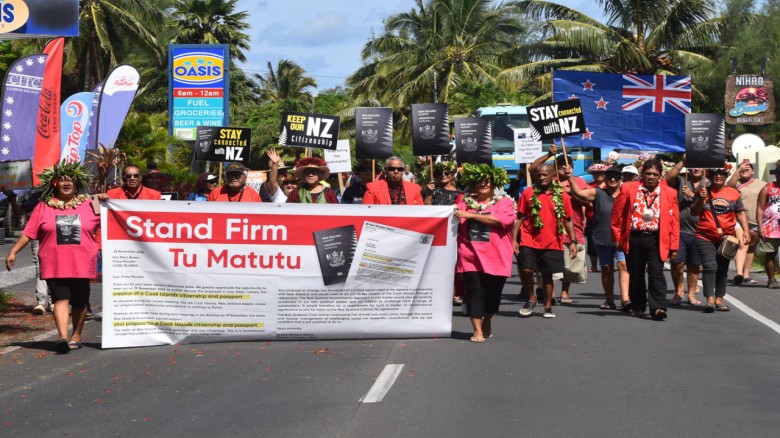





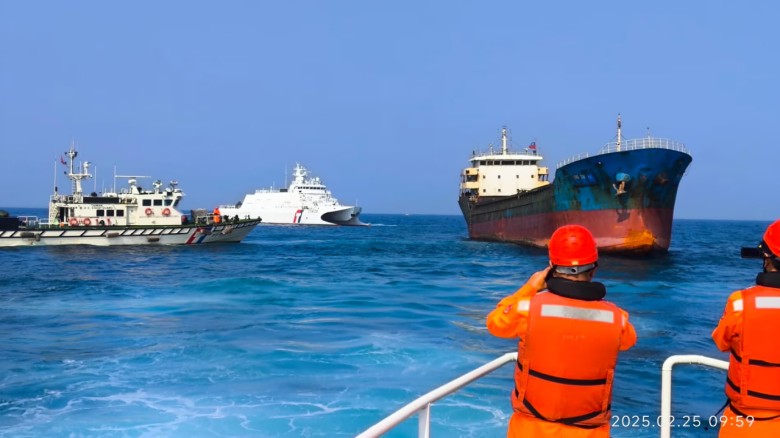
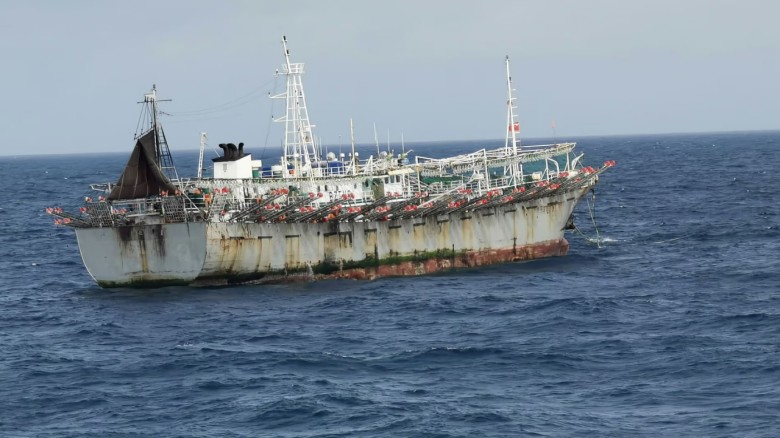

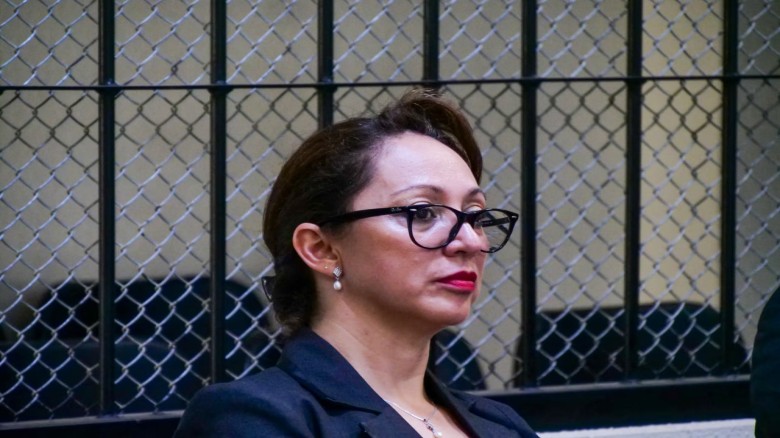












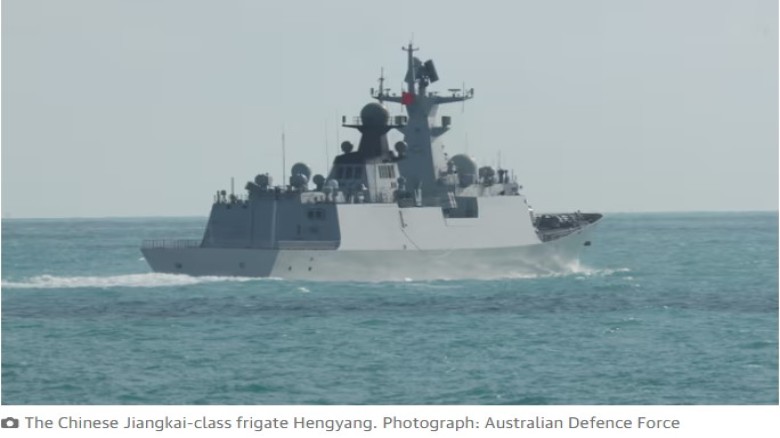


Leave A Comment